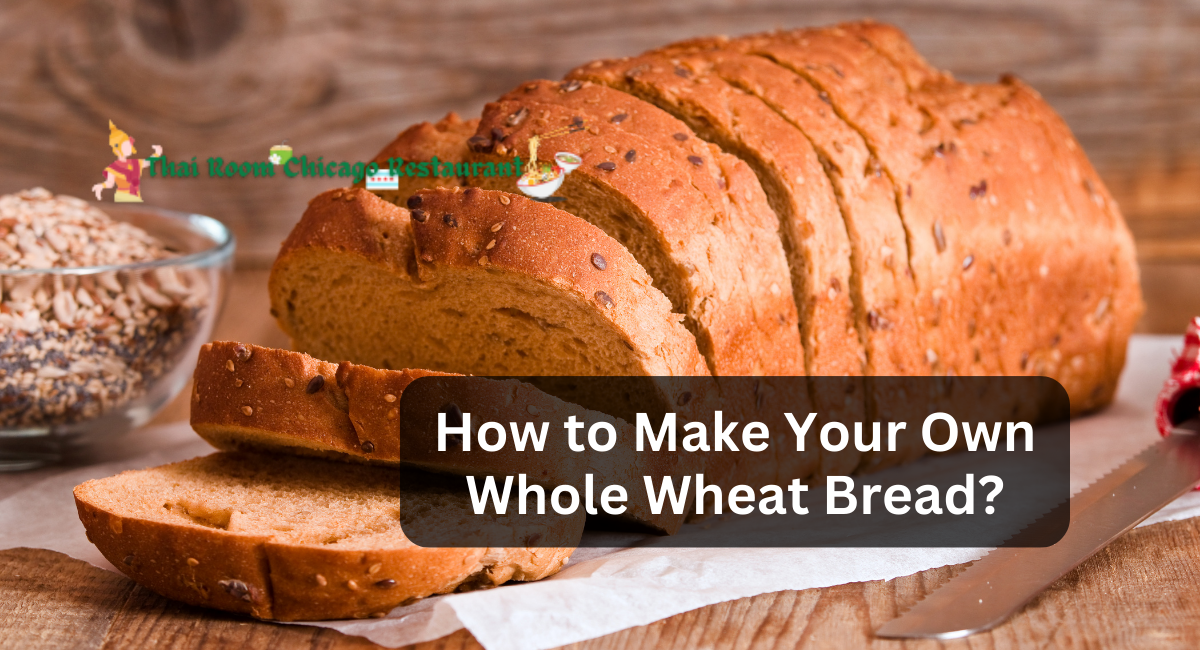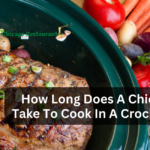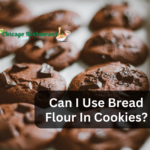Baking your own bread is not only a delightful culinary adventure, but it is also a healthier alternative to store-bought bread.
We’ll lead you through the steps to make excellent whole wheat bread in the comfort of your own kitchen in this article.
How to Make Your Own Whole Wheat Bread?
Ingredients
- 3 cups warm water (110 degrees Fahrenheit or 43 degrees Celsius)
- 2 (.25 oz) active dry yeast packets
- 13 cup honey (divided)
- 5 cups all-purpose flour
- 5 tablespoons melted butter, divided
- 1 teaspoon salt
- 4 cups whole wheat flour, plus more if necessary
- Olive oil
- Sesame seeds and oats for flavor
Directions
Activate The Yeast
Yeast is an essential ingredient in breadmaking since it aids in the rise of the dough and gives the bread its particular texture.
To begin, dissolve the yeast in a mixture of warm water and honey or maple syrup.
The sugar in the sweetener feeds the yeast, which causes it to foam and bubble. Make sure the water is not too hot (about 110°F or 43°C), as this can kill the yeast.
Mix The Dry Ingredients
In a separate large mixing bowl, combine the whole wheat flour, all-purpose flour, and salt.
The flour mixture strikes a balance between the heartiness of whole wheat flour and the lightness of all-purpose flour.
Combine Wet And Dry Ingredients
Add the activated yeast mixture and olive oil to the dry ingredients. The olive oil gives the bread moisture and taste.
Knead The Dough
Kneading the dough is necessary for the development of gluten, which provides the bread structure and aids in its rise.
Fold, press, and flip the dough for 8-10 minutes, or until it is smooth, elastic, and no longer sticky, on a floured surface. If the dough becomes too sticky, gently add more flour as needed.
First Rise
In a greased mixing bowl, place the kneaded dough. This stage lets the yeast to do its thing and cause the dough to rise and double in size.
Wrap the bowl in a clean kitchen towel or plastic wrap to keep it moist and warm.
Shape The Loaf
Punch the dough down gently after it has doubled in size during the first rise to expel any excess air.
Then, flatten it into a rectangle and tightly roll it up, tucking the ends beneath. This shaping aids in the formation of a homogeneous loaf shape.
Second Rise
Place the formed dough in a greased or parchment paper-lined 9×5-inch loaf pan. Cover it again with a cloth or plastic wrap and let it to rise a second time.
This stage helps the dough to rise even more and fill the loaf pan, resulting in a lovely, domed loaf.
Preheat The Oven
Preheat the oven to 375 Degree F while the dough is rising for the second time. To get a good rise and crust, a hot oven is required.
Bake
Brush the top of the bread with water and sprinkle with rolled oats or sesame seeds to add a rustic touch. This adds texture as well as flavor.
Bake the bread for 30-35 minutes or until it turns a gorgeous golden brown in a preheated oven. Tap the bottom to see if it’s done; it should sound hollow.
Cool
Remove the bread from the pan as soon as it is done to avoid it from becoming soggy. Allow it to cool for at least an hour on a wire rack before slicing. A sticky interior can come from slicing too soon.
Tips For Success Baking
Use Fresh Ingredients
Begin with high-quality fresh ingredients. Check the expiration date on your yeast and make sure your whole wheat flour isn’t past its prime. Bread with fresh ingredients will taste better.
Measure Accurately
Baking is a science that requires precise measures. For flour and other dry ingredients, use dry measuring cups and liquid measuring cups. To ensure precision, use a flat edge to level off the flour.
Mix Flours for Better Texture
Whole wheat flour contains fiber and minerals, but it has a thicker texture. By combining it with all-purpose flour, you may get the advantages of whole grains while preserving a lighter texture.
Activate The Yeast Properly
Yeast is a living creature that requires certain circumstances in order to grow. To activate the yeast, dissolve it in warm water (about 110°F or 43°C) along with a tiny amount of sugar or honey.
If the mixture does not foam, the yeast may be inactive, and you should begin with fresh yeast.
Knead Thoroughly
Kneading creates gluten, which gives your bread structure and flexibility. Press, fold, and turn the dough with your heel.
Knead the dough until it is smooth and elastic. Over-kneading might result in tough bread, so keep an eye on the time.
Allow For Proper Rising Time
The first and second rises are both important for the texture and flavor of the bread. The yeast ferments and creates carbon dioxide during the first rise, which causes the dough to expand.
The second rise allows the dough to rest after shaping and rise once more for a lighter crumb.
Control The Environment
Temperature has an effect on yeast activity. Make a warm, draft-free environment for the dough to rise by placing it in a turned-off oven with the oven light on, covering it with a clean kitchen towel, or simply leaving it in a warm room.
Shape The Loaf Well
Aim for an even, uniform shape while shaping the dough into a loaf. Tuck the edges underneath and roll it tightly to produce surface tension. A well-formed loaf will rise uniformly.
Use Sn Instant-Read Thermometer
An instant-read thermometer can tell you exactly when your bread is done. For optimum baking, the interior temperature should be between 190 and 200°F (88 and 93°C). This avoids the centers from becoming undercooked or doughy.
Cool Down Correctly
Let the bread cool for at least an hour on a wire rack before slicing. This cooling phase allows moisture within the loaf to redistribute, resulting in a firmer, less sticky interior.
Experiment with Different Options
Have fun with your bread. To produce distinct flavors and textures, incorporate seeds, nuts, dried fruits, or herbs into your dough. Experimentation can lead to surprising results.
Perfect Practice
Baking bread is a skill that gets better with practice. Don’t give up if your first tries aren’t perfect. You’ll gain experience and fine-tune your skill with each baking session.
Make A Note Of Your Recipe
Keep a breadmaking journal in which you record your recipes, changes, and results. This allows you to learn from your mistakes and accomplishments, allowing you to duplicate your favorite loaves.
Making your own whole wheat bread is a fun and satisfying activity. Not only can you enjoy the taste of freshly made bread, but you can also manage the ingredients, assuring a healthier option for you and your family.
So, roll up your sleeves, gather your supplies, and begin the quest of creating fresh bread. You’ll enjoy every bite of this nutritious delight.
Thanks for reading. I hope you find it helpful.










